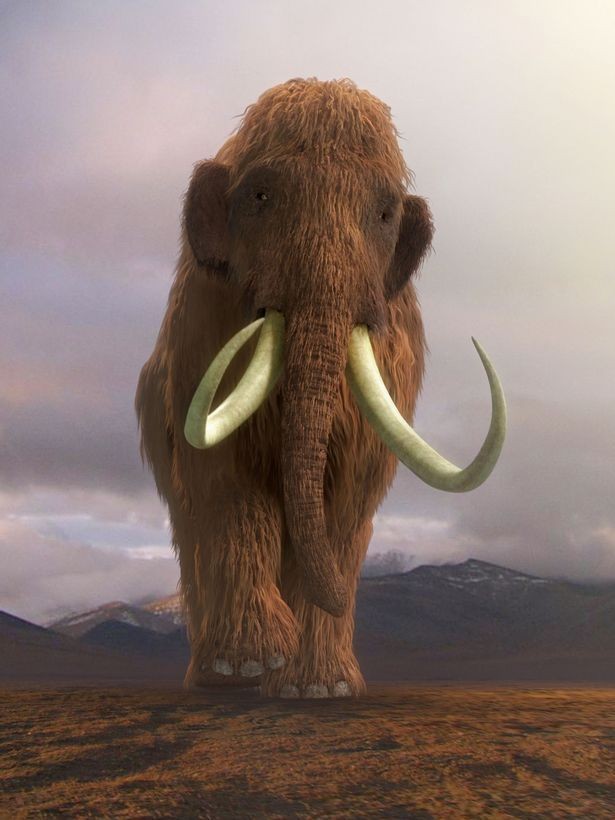Mammoths are an extinct group of elephants of the genus Mammuthus, whose ancestors migrated out of Africa about 3.5 million years ago and spread across Eurasia, adapting to a range of woodland, savanna, and steppe environments.
Mammuthus are about the same size of African elephants, and close cousin of living Asian elephants.
It first appeared in the middle Pleistocene more than 400,000 years ago, probably in northeastern Siberia.
The woolly mammoth was well adapted to the cold environment during the last ice age, with a dense undercoat, guard hairs up to three feet long, and small, fur-lined ears.
Woolly mammoth’s curving tusks, used primarily for fighting, may have also been handy for foraging beneath the snow.
The diet of the woolly mammoth was mainly grasses and sedges. Individuals could probably reach the age of 60. Its habitat was the mammoth steppe, which stretched across northern Eurasia and North America.
Most of woolly mammoth populations disappeared between 14,000 and 10,000 years ago. The last mainland population existed in the Kyttyk Peninsula of Siberia 9,650 years ago.
Isolated populations of woolly mammoth survived on St. Paul Island until 5,600 years ago and on Wrangel Island until 4,000 years ago.
The woolly mammoth coexisted with early humans, who used its bones and tusks for making art, tools, and dwellings, and the species was also hunted for food. Many cave paintings of woolly mammoth have founded.







0 Comments